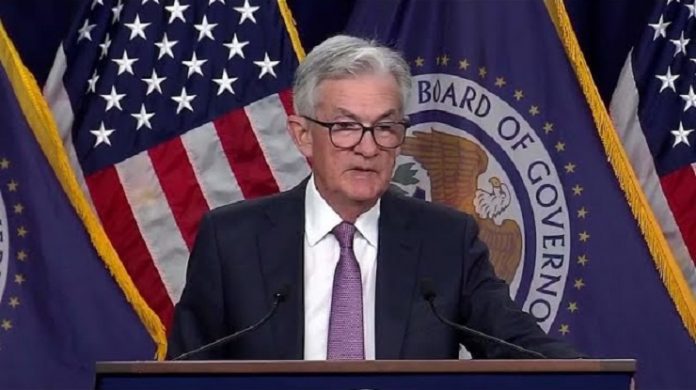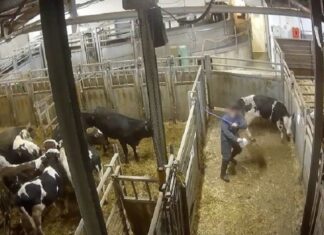
Federal Reserve Chairman Jerome Powell said the central bank “will continue to do so” until inflation falls
Washington (AFP) – The US Federal Reserve announced, on Wednesday, another sharp increase in the main interest rate in the United States, and said that more increases come as part of the battle to rein in high prices – an aggressive stance that has raised fears of recession occurs.
And Federal Reserve Chairman Jerome Powell warned that the process of overcoming the highest rate of inflation in 40 years will involve some pain.
This was the third consecutive increase of 0.75 percentage point by the Federal Open Market Committee (FOMC) that set policy for the Fed, and a continuation of the strong measure that has included five hikes this year.
The increase takes the policy rate to 3.0-3.25 per cent, and the FOMC said it expects “continued increases … will be appropriate”.
High prices are putting pressure on American families and businesses, and have become a political burden on President Joe Biden as he faces midterm congressional elections in early November.
The US Federal Reserve announced its interest rate decision as concerns grow that aggressive measures could push the economy into recession
But a contraction of the world’s largest economy would be an even more damaging blow to
Biden, and to the world at large.
Powell made clear that officials will continue to work aggressively to calm the economy and avoid a repeat of the 1970s and early 1980s, the last time inflation in the United States got out of control.
It took tough — and sluggish — to finally bring down rates in the 1980s, and the Fed is unwilling to give up its hard-earned credibility in fighting inflation.
Amid criticism that the Fed has waited so long to act, Powell said the US central bank is committed to raising interest rates and keeping them high until inflation falls, and cautioned against reversing course too soon.
“The historical record strongly cautions against premature easing,” Powell told reporters.
He said there was no room for complacency and the Fed would stay “until the job is done,” although at some point it would be appropriate to slow the pace of rate increases, depending on the data.
– Pain –
He admitted that reducing inflation will require a period of slow growth and high unemployment, noting that the labor market is out of sync, with much more job opportunities than employment.
We have to keep inflation behind us. I wish there was a painless way to do this. There is no. ”
Change in the benchmark rate of the United States Federal Reserve
But he said continued high inflation would be more painful, especially at least he can handle it.
KPMG economist Diane Sonk said Powell had “stopped the sugar coating” with the ensuing battle to tame inflation: “Growth will weaken and unemployment will rise.”
The Federal Reserve’s quarterly forecast released along with Wednesday’s interest rate decision shows that members of the Federal Open Market Committee expect US GDP to grow almost flat this year, rising by just 0.2 percent. But they see a return to expansion in 2023, with annual growth of 1.2 percent.
They expect more price increases this year – a total of 1.25 percentage points – and more in 2023, with no cuts until 2024.
While the FOMC has noted continued “strong” job gains in recent months and a drop in unemployment, forecasts expect the unemployment rate to rise to 4.4 percent next year and stabilize around that level through 2025 from 3.7 percent in August.
Inflation is a global phenomenon amid the Russian war in Ukraine at the top of the global supply chain and the Covid lockdown in China, and other major central banks are taking action as well.
Despite a welcome drop in pump gasoline prices in recent weeks, a disappointing August CPI showed broad increases.
The FOMC statement referred to “broader price pressures” other than food and energy, and stressed that officials were “strongly committed to bringing inflation back to its 2 percent target.”
Higher interest rates increase the cost of borrowing and dampen demand, and this has an effect: the housing market has slowed as mortgage rates rise.
Many economists say that at least a short period of negative US GDP in the first half of 2023 will be required before inflation begins to decline.
Nancy Vanden Houten of Oxford Economics said the Fed’s updated forecasts acknowledge “the damage higher rates will do to the economy,” but said “their outlook is more optimistic than ours.”
Stocks on Wall Street turned negative after the announcement and closed the day with heavy losses, with all three major indexes down at least 1.7 percent.
Meanwhile, the US dollar rose to a 20-year high.












































